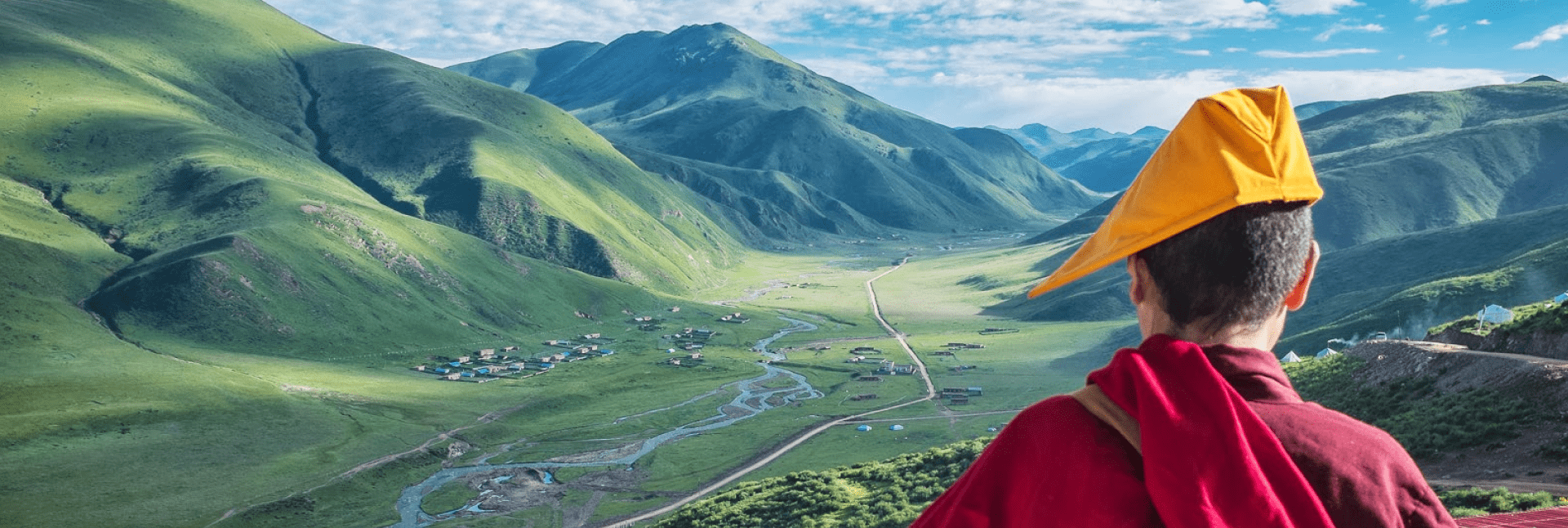
Fears mount for Tibetan protesters
UN raises concerns over the torture of Gonpo Tsering, and asks China to account for imprisonment and maltreatment of teenage protester Namkyi.
There are renewed concerns for a Tibetan monk, Gonpo Tsering (45), who was left in critical condition following torture and abuse by police due to his involvement in peaceful protests against the construction of a major hydroelectric dam in Derge (Dege), Tibet. Furthermore, five human rights experts from the United Nations have asked China to account for the detention, torture, and imprisonment of Tibetan nomad Namkyi, who was arrested at age 15 for displaying an image of the Dalai Lama in a peaceful demonstration.
Gonpo Tsering, the head of Yena Monastery in Shiba Village, Derge County, was left unable to speak or swallow food following his torture. Alongside this he faces long-term health complications including difficulty breathing, loss of sight, and brain injuries. According to information from our sister organisation, Tibet Watch, he remains in emergency care at a hospital in Chengdu, Sichuan Province.
The respected monk had been involved in peaceful protests against the construction of the Kamtok Dam along the Drichu (Chinese: Yangtze) River. The dam, which was the subject of Tibet Watch reports in 2024, is poised to not only displace thousands of Tibetans and destroy vital local history, but also increases the risk of landslides in areas like Shiba Village.
Gonpo Tsering was arrested in February 2024, alongside fellow monk abbot Jamyang Lekshay, following videos from the protests going viral outside of Tibet. In these videos, Jamyang Lekshay can be seen kneeling before police and officials with raised thumbs in a humble appeal to stop the dam construction.
Concern for Gonpo Tseing’s welfare and treatment was raised with the UN working group on Arbitrary Detention on 16 September.
In a separate UN communication, dated 16 July, UN Special Rapporteurs and working groups warned the Chinese government that the case of Namkyi, a then 15-year-old child, demonstrates violations of international human rights law, including protections against torture, arbitrary detention, and enforced disappearance.
Namkyi was arrested in Ngaba (Aba), Amdo, in October 2015 after participating in a peaceful march with a relative while carrying portraits of the Dalai Lama and Kirti Rinpoche. The demonstration lasted around ten minutes before they were violently detained. “A group of police rushed at us,” Namkyi recalled. “They forcefully grabbed the photos from our hands, muffled our voices, pinned us to the ground, and eventually handcuffed us.”
A year later, after enduring torture in detention, Namkyi was sentenced to three years in prison for “betraying the country” and engaging in “separatist activities.” Although she was only 16, Chinese authorities altered Namkyi’s official age to 18 to sentence her as if she were an adult.
While imprisoned at Sichuan Province Women’s Prison, Namkyi was forced to carry out hard labour, subjected to harsh conditions, denied adequate food and medical care, and placed under strict surveillance that prevented contact with other Tibetan inmates. Even after her release in 2018, she remained under heavy restrictions, including surveillance, intimidation, and pressure on her family and community, leading her to escape into exile in 2023.
The UN experts noted in their formal communication to China that, even in exile, “The police reportedly threatened Ms. Namkyi on the phone to ‘act better’ in exile and informed her that they had detained her parents. She later learned some of her friends had also been detained or unfriended her on WeChat and ended contact with her.”
Among other questions, the UN experts asked China to “provide information about the legal basis of the arrest, detention and sentencing of Ms. Namkyi” and “the legal basis for not informing Ms. Namkyi’s family about her arrest, detention and trial.”
Information supplied by Tibet Watch.

